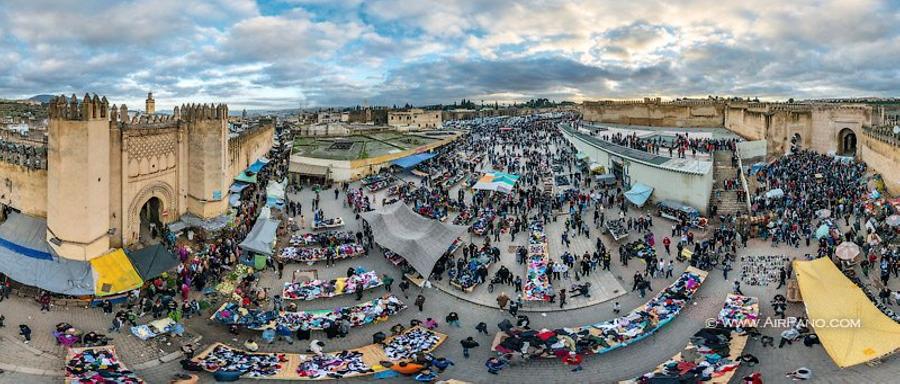Fes#
by Stas Sedov and Sergey Shandin,
members of the AirPano Team that is a member of the global-geography Consortium.
5 August 2015
with kind permission of AirPano
Throughout the long history of Morocco, the status of the capital belonged to four different cities, in their own turn. Having lost this status twice in the past, now Rabat is the actual capital of the country. The other imperial cities of Morocco are Marrakech, Meknes and Fes. Each of them, having survived the periods of rises and falls, has preserved its architectural and cultural remainders of the glorious past. Now we are inviting you to take a virtual trip over Fes, the most ancient capital of Morocco.
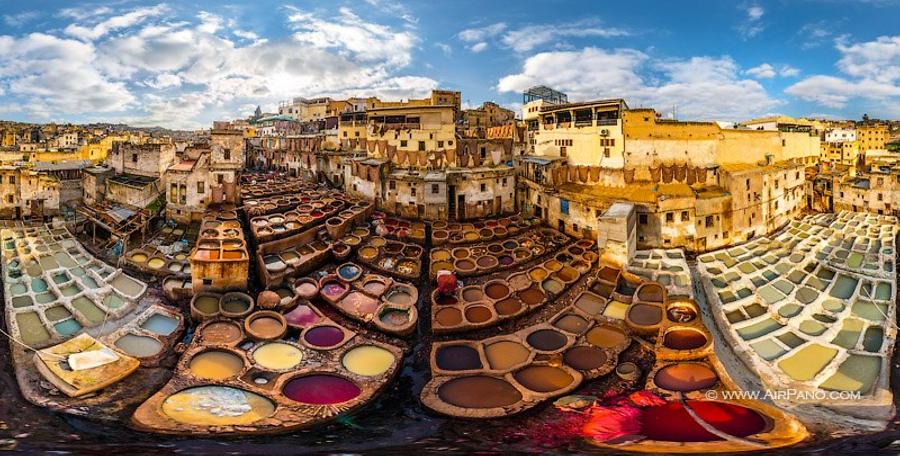
Fes was founded by the offspring of Mohammed — Idris ibn Abdullah. Having escaped to the northern Africa in 784, he decided to create his own state. Thus, on the eastern bank of the river Fes a city appeared and later turned into the heart of the mighty state of Idrisid. The empire had been existing till the end of the 10th century, and now in the modern Morocco Idris I is considered to be the founder of the national statehood.
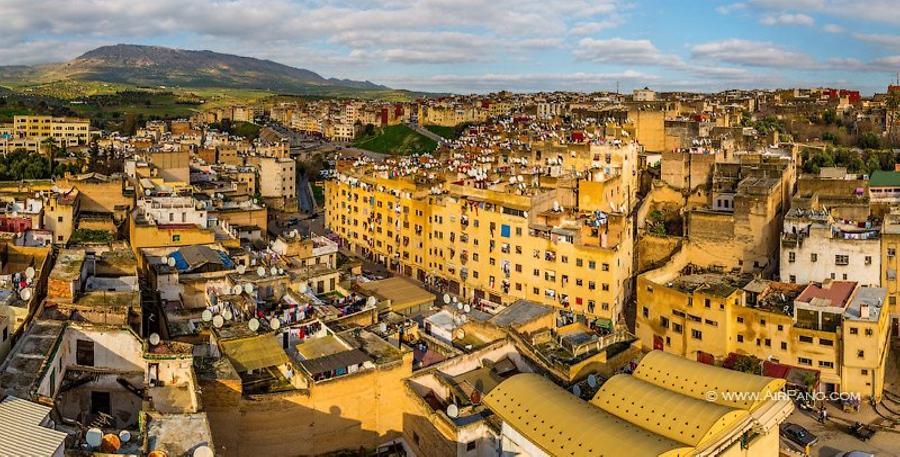
But unfortunately, he could not fully estimate the scale of the changes he initiated as he was poisoned and died at the age of 46 years. The famous Abbasid Caliph Harun al-Rashid (which ironically had the nickname "Fair") is said to be guilty for the murder. Idris also was not lucky enough to feel the joy of fatherhood, his only son was born two month later after his death. But Idris II turned out to be a dignified successor and, having reached the age of 20 years, founded one more city on the opposite bank of the river. This was the city that got the name Fes and became the capital of the state bearing the same name. Both parts of the city were merged in the 11th century and by the end of 12th century it had become one of the most populous cities of the Islamic world.
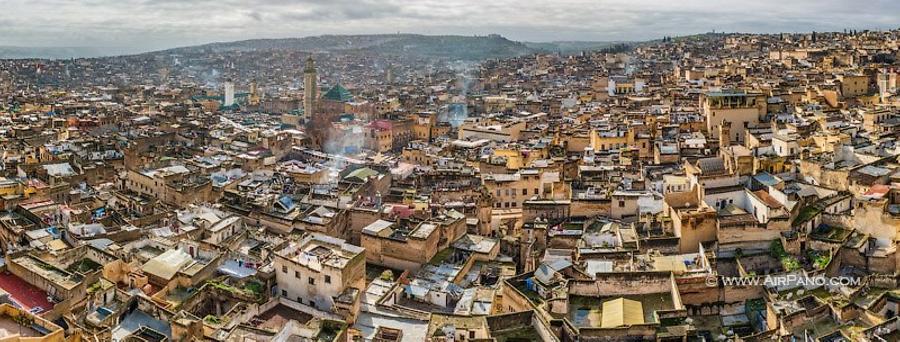
Landmarks of Fes will let you get into the history and feel the atmosphere of these legendary places. One of them is Fes El Bali, the medina quarter which is surrounded by a medieval wall and inscribed by UNESCO as a World Heritage Site. There are around 9400 streets and side-streets, this is one of the biggest car-free area in the world. Fronts and doors of many buildings have excellent decorations. The medina is subdivided into different districts, belonging to different social groups: weavers, shoemakers, potters, carpetmakers...
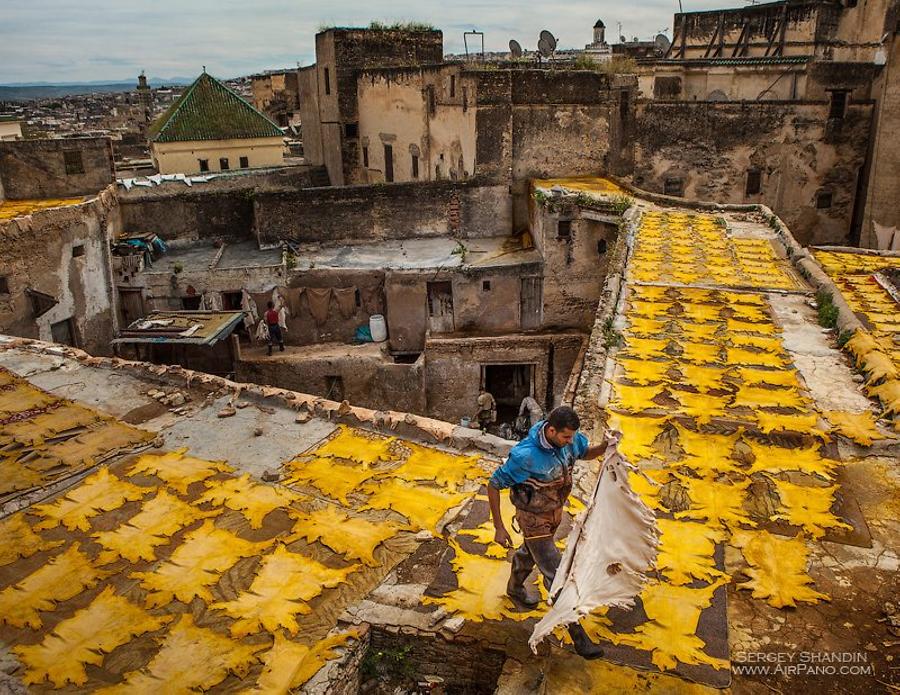
Fes El Bali also includes the religious University of al-Karaouine — the oldest existing, continually operating educational institution in the world. Its mosque has a capacity of 20 thousand people and was the biggest mosque in the Northern Africa at the period of the Middle Age. The al-Karaouine also possesses one of the most sacred objects of the country — the tomb of Idris II.
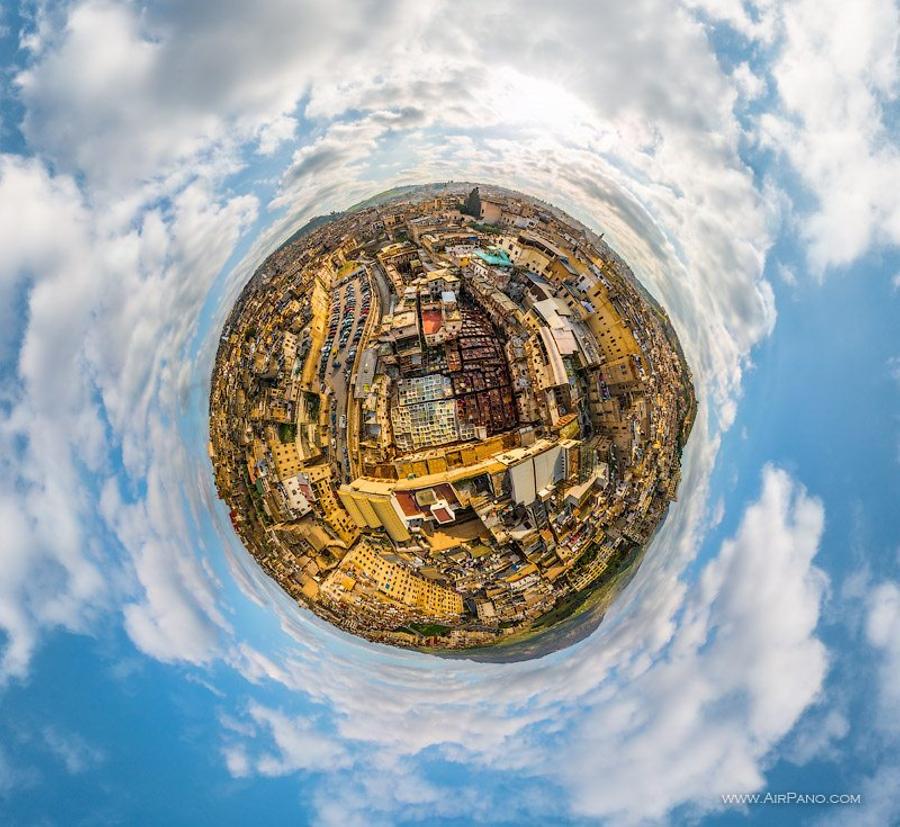
The other (‘new') medina quarter, called Fes Jdid, was founded in the 13th century by the Berber dynasty of Marinid. It is surrounded by fortified walls, which inclose Jewish quarter Mellah with the Ibn Danan synagogue, the former defensive fortress of Qasba Sherarda and the royal palace of Dar El Makhzen occupying at least 100 hectares. This palace is something we should describe in detail because it is said to be one of the most outstanding monument of the whole country.

Being surrounded by high walls, this palace complex has luxurious bronze engraved gates with hammers. Marble fountains can be found in two courtyards. The chambers of Sultan are decorated with exquisite mosaic and artistic sculptures. The palace was built in the 17th century and for quite a long time had the status of the main residence of the rulers. And even now the access to the palace is only possible for the high-ranking officials, not for ordinary people. But you can have a good look at this palace as well as many other monuments of Morocco during our virtual tour. Have a nice trip!
